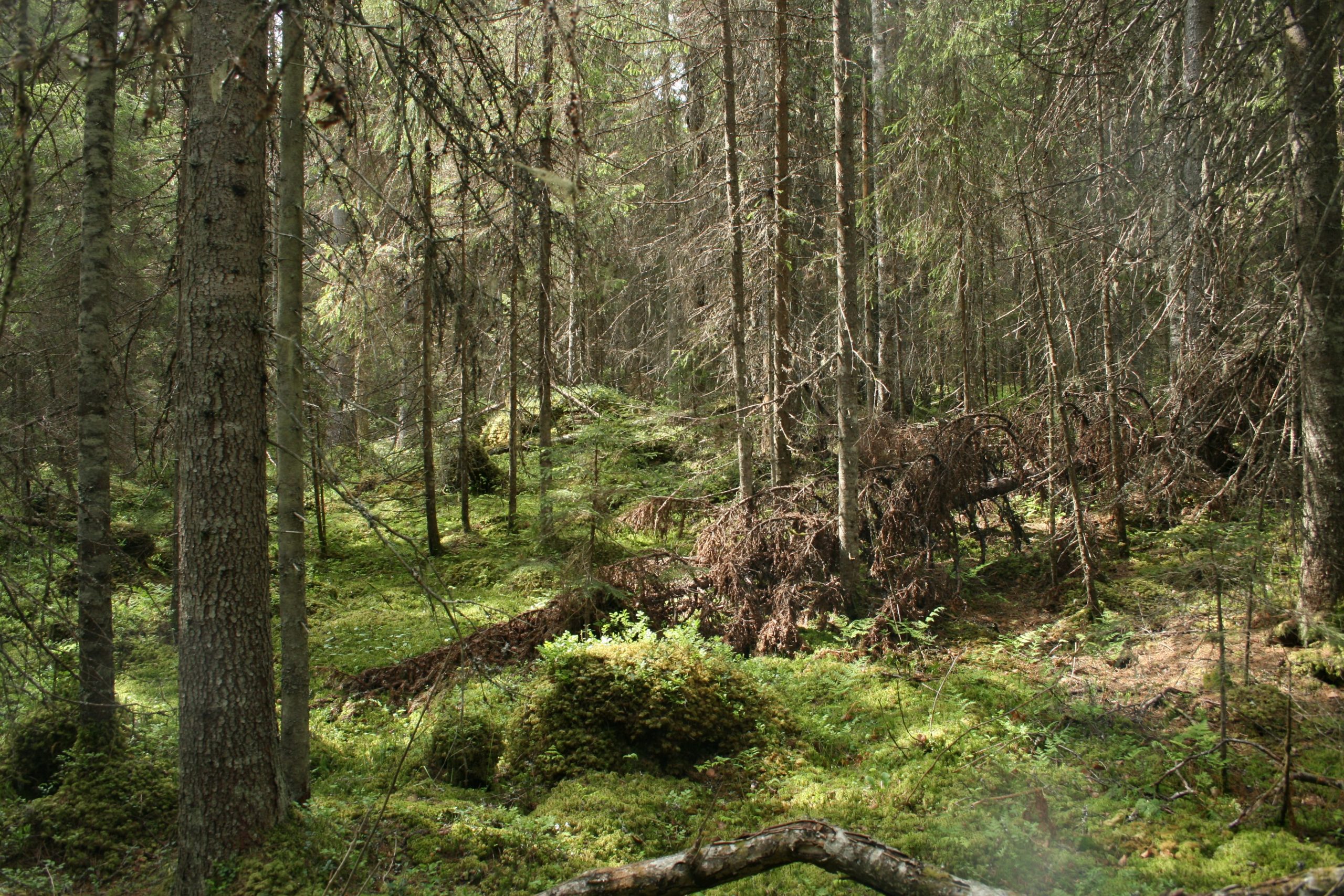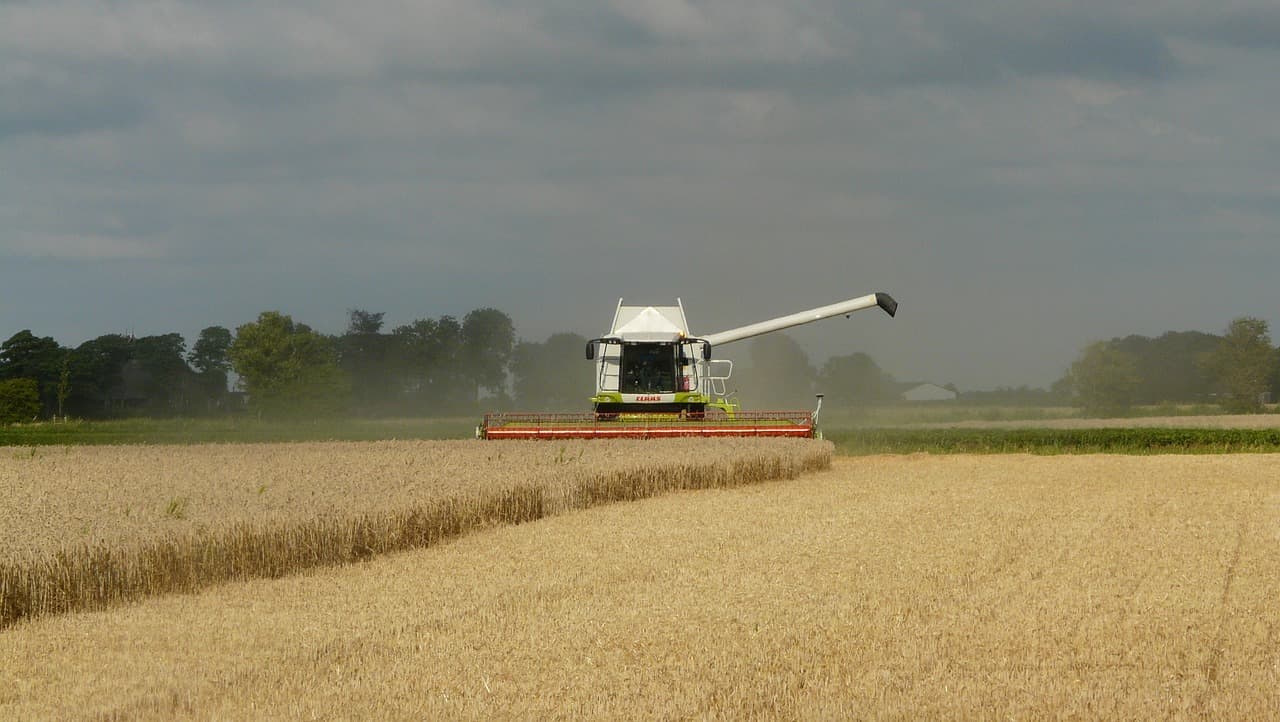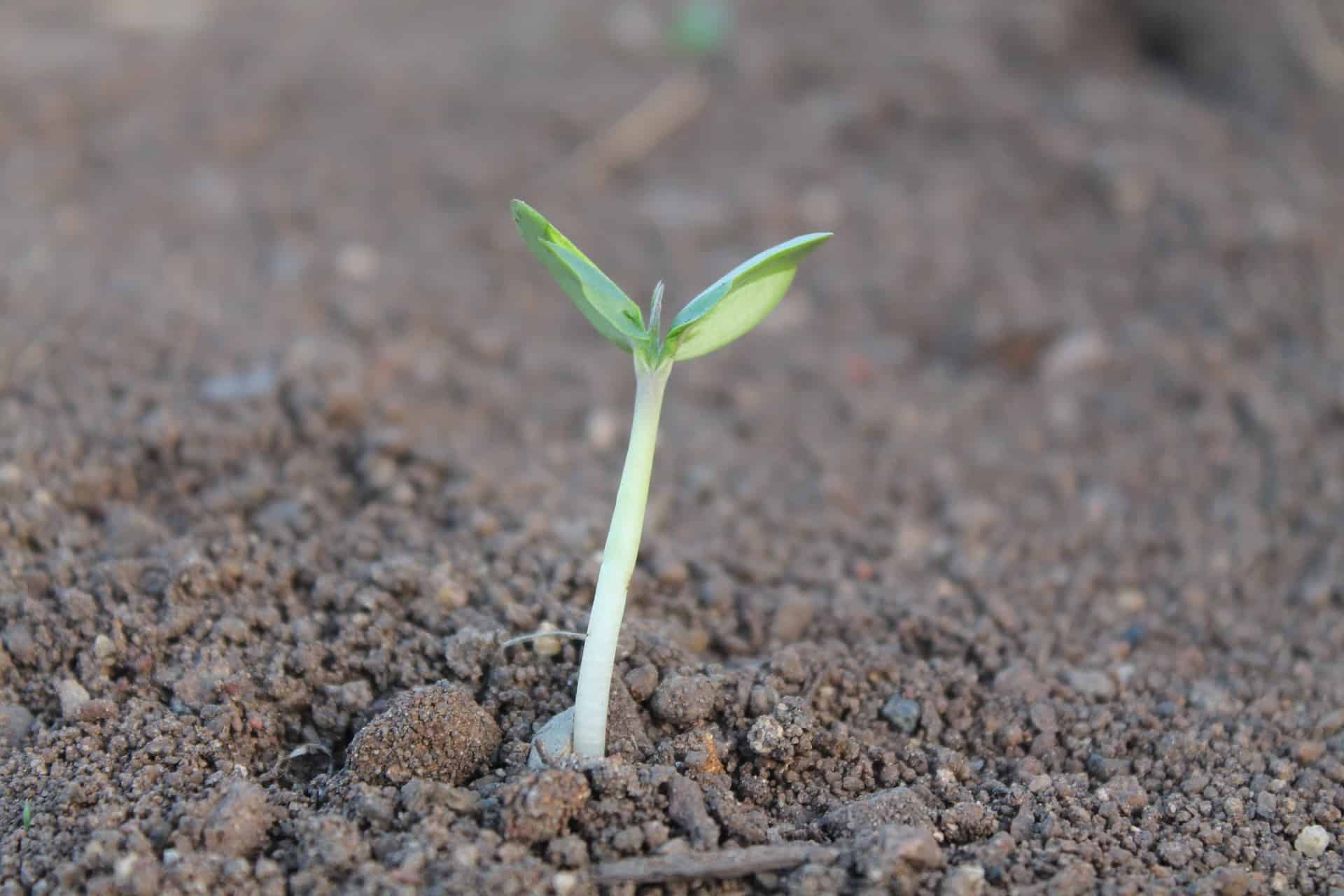
International scientists are calling for the establishment of a global forest conservation strategy. Good interaction between humankind and nature needs to be fostered if we want to safeguard the survival of both, according to the researchers. Globally, droughts, outbreaks of viral diseases, and massive infrastructural expansion around the world are putting the survival of forests under pressure.
The world’s forests are indispensable for both humans and animals. They absorb CO2, provide food for large swathes of the world’s population, and are home to all kinds of animals.
Serious consequences
In many countries, however, efforts to conserve forests are lagging behind, says Laura Vang Rasmussen. She is an assistant professor at the University of Copenhagen.
“It is crucial for countries like Denmark, but especially for countries that have weaker economic circumstances, to prioritize forests and have forest conservation plans in place. Without conservation strategies, droughts and virus outbreaks can have serious consequences for forests and people,” she says.
Vang Rasmussen, together with her fellow researchers from the University of Manchester, is the driving force behind this international research. In this research, 24 experts from all over the world have compiled a list of the most significant trends affecting the world’s forests over the next decade.
Droughts and outbreaks of viral diseases
Worldwide, the increase in droughts is damaging the health of forests. Even in the Netherlands, the damage caused by dry summers is noticeable nowadays. It has led to the death of larch trees and Norway spruces. Droughts on the American west coast are responsible for massive and devastating forest fires.
The new study expects that this trend is set to continue: “When we lose forest, for example due to drought, the risk of spreading viruses such as the coronavirus increases. When forest fires disrupt natural ecosystems, diseases carried by animals such as bats or rats escape from their charred ecosystems to cities and villages. And as we saw with the coronavirus pandemic, virus outbreaks have a huge impact on global health and economy,” Vang Rasmussen explains.
More demand for arable land and space for roads
Migration from the countryside to urban areas can have both positive and negative effects on the world’s forests. If farmers go to work in cities, arable land can be returned to nature. This way, the number of forests can increase again; even in western countries. However, the rise in the world’s population leads to a greater demand for food. This increasing demand for arable land is once again at the expense of forests. By 2050, the global road network is expected to have expanded by approximately 25 million kilometers. This will increase people’s mobility. It will be easier for them to drive to a city to buy goods. Inevitably, however, forests will have to be cleared for road construction.
Forest conservation and combating poverty
Apart from caring for forests for the benefit of the environment and nature, forest conservation also concerns poverty, concludes Laura Vang Rasmussen: “The problem at the moment is that forest conservation, agricultural development, and poverty reduction are viewed as distinct from each other. However, the three factors do influence each other. Strategies to increase agricultural productivity can have a negative impact on forests. On the other hand, an increase in wooded areas makes it more difficult to produce enough food. So we hope that our research can contribute to highlighting the complex dynamics between agricultural productivity, deforestation, poverty and food security,”
Also interesting: Reforestation may cause rivers to dry up







